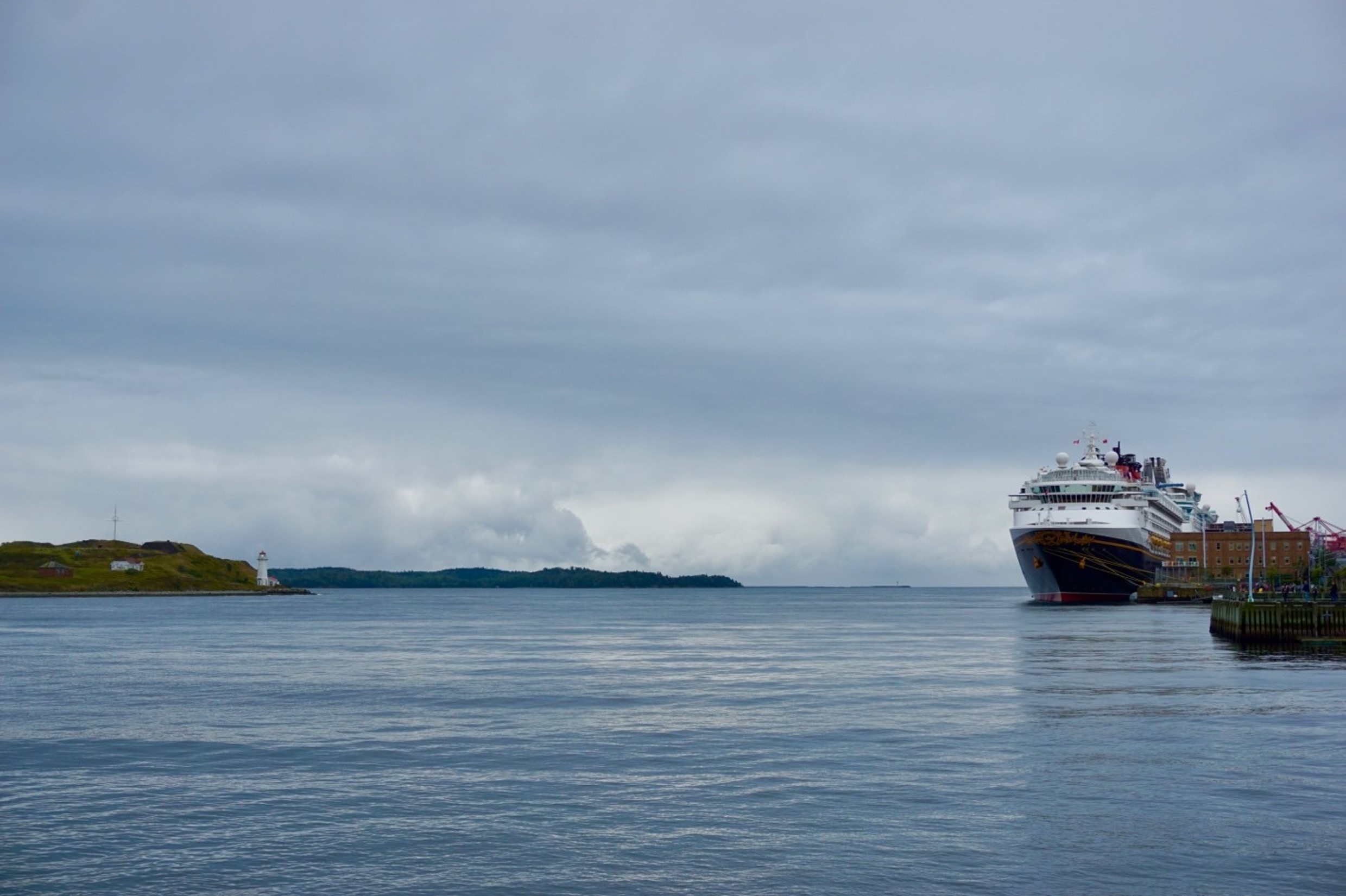
Shipping activities in Canada have increased dramatically to stimulate economic prosperity and satisfy the country’s expanding demands. Meanwhile, shipping introduces risks to local communities and the marine environment, and these risks have even intensified due to the impacts of climate change. Canada needs to reconsider potential policy directions for governing maritime shipping activities.
When revisiting the concept of shipping governance, it is important to understand the context in which maritime shipping activities are governed. Nowadays, shipping governance considers multiple issues, such as safety and security, environmental protection, and indigenous rights. Policy makers, industry partners, and indigenous communities all have transformative impacts on how shipping is going to be governed in a holistic way. This article will emphasize three shifting perspectives in developing a risk governance paradigm for shipping.
First, there is a shift in the risk assessment paradigm for shipping. Traditionally, risks associated with shipping are determined by rigorous application of logic and models, risk assessment, and analysis based on science and empirical data. However, marine vessels’ socio-cultural impacts on and indirect risks to indigenous communities have yet to be sufficiently understood. Therefore, it is now necessary to consider various risk values and perceptions, that are connected to personal experiences, biases, and societal culture, in shipping risk assessment.
Second, to incorporate different cultural values, it ultimately becomes necessary to modify the guiding principles of risk-based shipping governance. Shipping governance has been facilitated by several principles and measures, such as evidence-based management, ecosystem-based management, and precautionary approach. As Canada continues its journey to reconciliation, shipping governance needs to be guided by principles that fit indigenous holistic worldviews and values, such as two-eyed seeing (Etuaptmumk in Mi’kmaw word, bring together different ways of knowing) and Avatittinnik Kamatsiarniq (Inuktitut words, respect and care for the land, animals and the environment).
Third, shifting guiding principles lead to the applications of different approaches and frameworks for shipping governance. Shipping risks are traditionally prevented and managed through sectoral-based laws and international standards, federal policies and initiatives. Therefore, top-down governance approaches and strategies have largely characterized shipping risk management and literature, with relatively less consideration on indigenous knowledge and perceptions. Incorporating indigenous knowledge calls for bottom-up participatory approaches that can effectively involve Indigenous Peoples. Nevertheless, creating a bottom-up approach is no easy task as local and indigenous communities usually lack the necessary resources and capacity (i.e., tools, expertise and resources) to deal with comprehensive issues relating to marine traffic.
The tripartite governance structure, which involves the federal departments, territorial governments, and First Nations/Indigenous Peoples, is one governance model that can be taken into consideration. But unlike a regulatory process, this tripartite framework would be better facilitated if written protocols can be signed by all parties within a reconciliation framework. Furthermore, this framework should make each party equally accountable to deliver a co-governance approach. The only way to establish a trust relationship at an institutional level is in this manner. Practically, achieving mutual accountability may require the government to allocate certain authority and more resources to local and indigenous communities.
In conclusion, Canada needs a paradigm shift in shipping risk governance. In this process, the impacts of climate change, and the interface between shipping and indigenous rights are key driving forces. It is crucial to rethink the socio-political context and deal with vastly different realities in Canadian waters. Canada should also adopt a more dynamic management approach and a more holistic governance framework to address challenges in this fast-changing marine navigation environment.
Image: Weishan Wang










